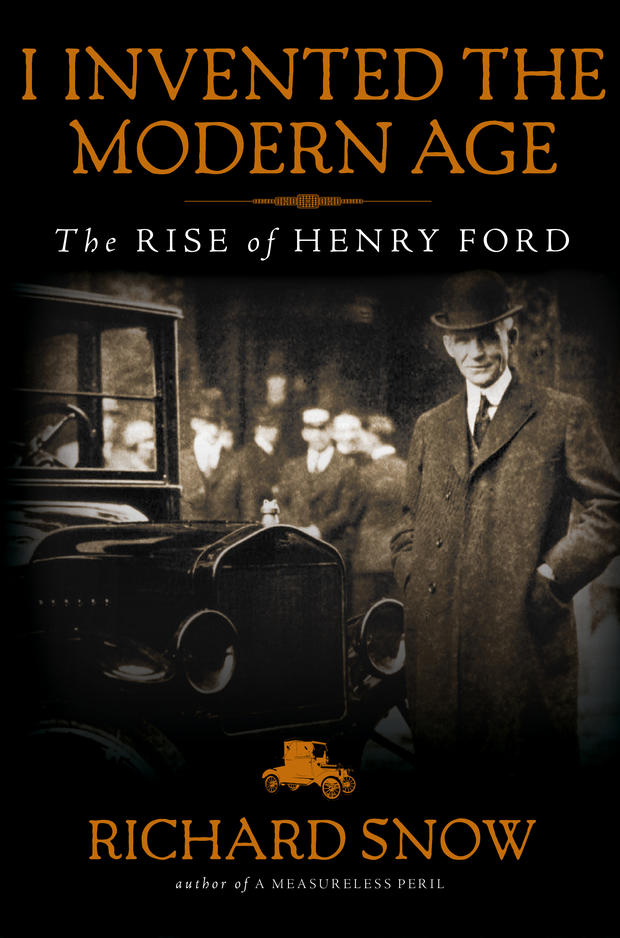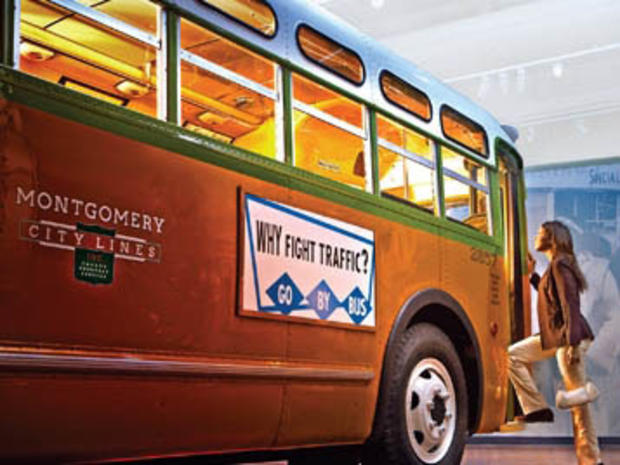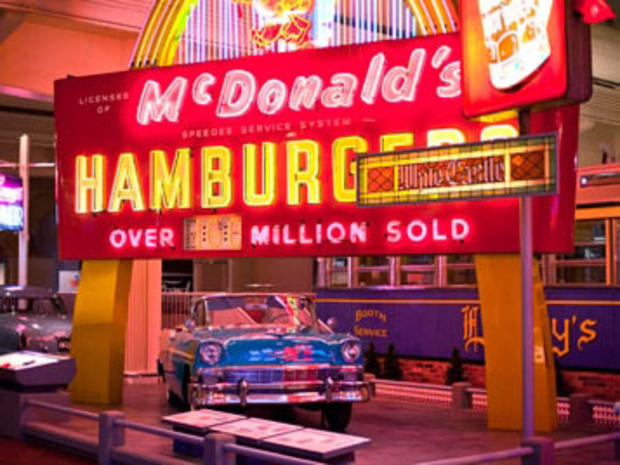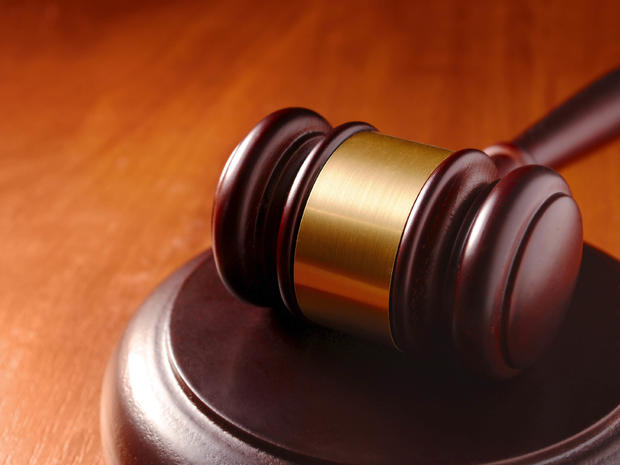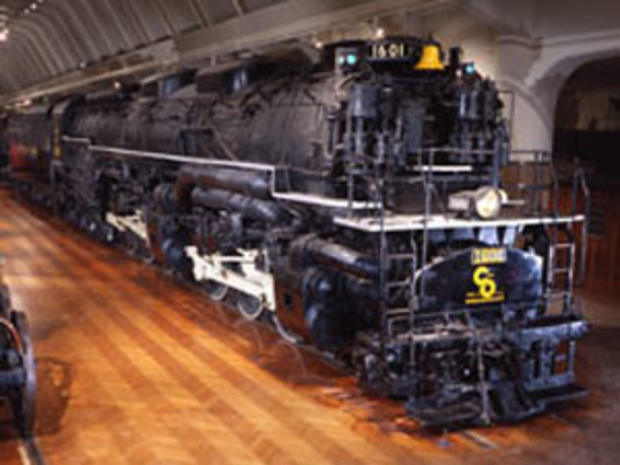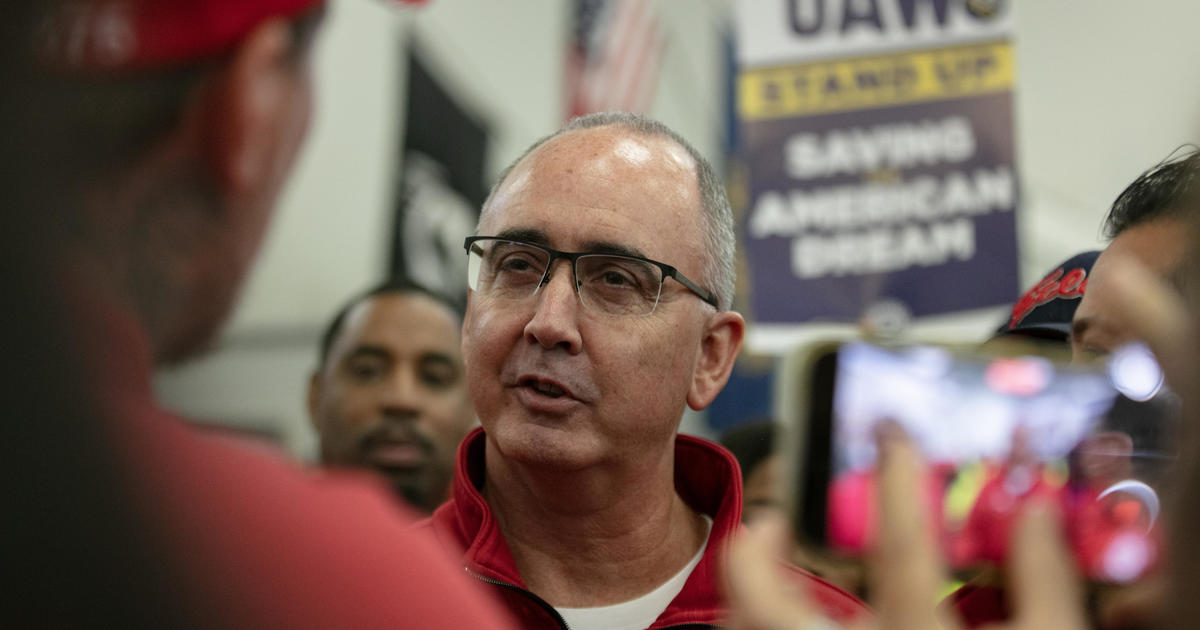Touring Henry Ford's Past
Richard Snow worked at American Heritage for nearly forty years, the last 18 of them as editor-in-chief. He has written several books, the most recent being I Invented the Modern Age: The Rise of Henry Ford from sister company Simon & Schuster.
Henry Ford famously declared that history was "more or less bunk," yet he spent the latter part of his life building an immense museum devoted to the American past. As the richest man in the country when he started, Ford collected on a titanic scale, telling scores of searchers to bring him one of everything ever made on the North American continent. A walk through The Henry Ford in Dearborn, Mich. persuades patrons that he pretty much succeeded.
For all its size—a museum space big enough to dwarf the locomotives, airplanes and farming machinery that it contains, as well as an area Ford named Greenfield Village, which is basically a town of some 110 transplanted buildings—it is very much a personal statement.
Ford loved watches, so there are three watchmaking establishments, but no attorney's offices or banks, because the carmaker thought lawyers and bankers were leeches. It is the most interesting museum I know, and it so thoroughly got its hooks into me that I spent the last three years writing a book about its creator. The following are some of the best exhibits at The Henry Ford, and may give you a hint of the idiosyncratic riches there.
The Henry Ford
20900 Oakwood Blvd.
Dearborn, MI 48124-5029
www.thehenryford.org
Thomas Edison's Library, where he invented the light bulb.
Ford brought it up from Menlo Park, New Jersey, along with the rooming house Edison's workers slept in and seven freight car loads of Jersey dirt so the buildings could literally stand on their native soil. The reconstruction was so scrupulous that when Edison first saw it, he said Ford had gotten it "ninety-nine percent" right. What was the one per cent, Ford wanted to know. "The floor's too clean," Edison said. Then he wept.
Automobiles, of course—hundreds of them, some beautiful, some pioneering, some peculiar.
One is somber, and one inspiring: the Lincoln Continental in which President Kennedy was shot; and--an amazing survival--the 1948 GM bus from Montgomery, Ala. containing the seat in which Rosa Parks refused yield to a white passenger, thus igniting the modern civil rights movement.
Roadside America, which the automobile spawned.
There is a "tourist cabin" from an early motel (fitted out so painstakingly that when you peek into the tiny room you can see ants picking their way across a comb left on the dresser), an immaculate 1946 diner and a glorious 26-foot-tall sign from a 1960 McDonald's, seething with neon and topped with a running hamburger in a chef's hat.
The Logan County, Ill. Courthouse—where the young Abraham Lincoln argued cases.
Also, the chair he was sitting in when John Wilkes Booth assassinated him.
Steam
Ford knew that England was tended to devour its past less voraciously than America, and he asked his English agent if he could find one working example of every kind of steam engine, beginning in the late 1700s. The man said he probably could, but the cost would be prohibitive. "Well, I'll tell you," said Ford, "I'll spend ten million dollars." He got his engines.
